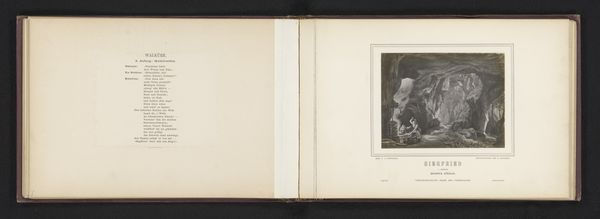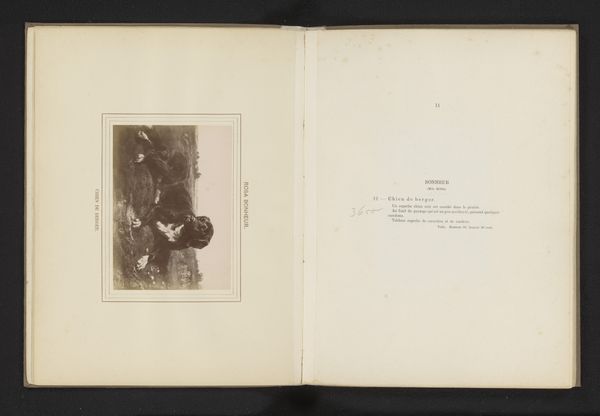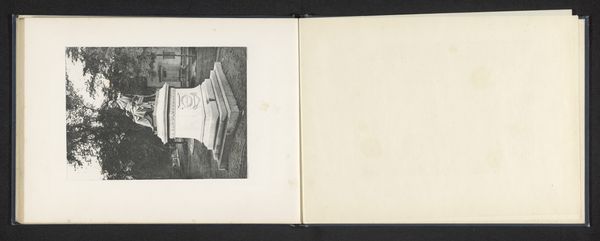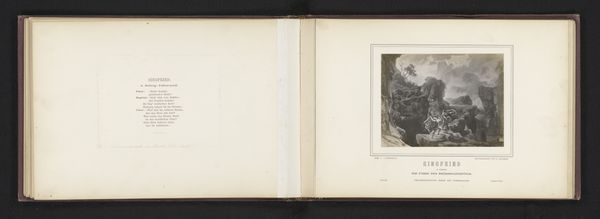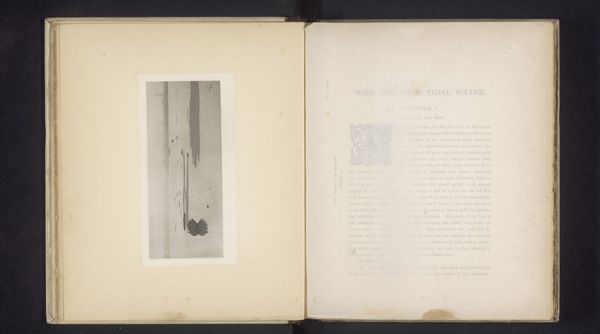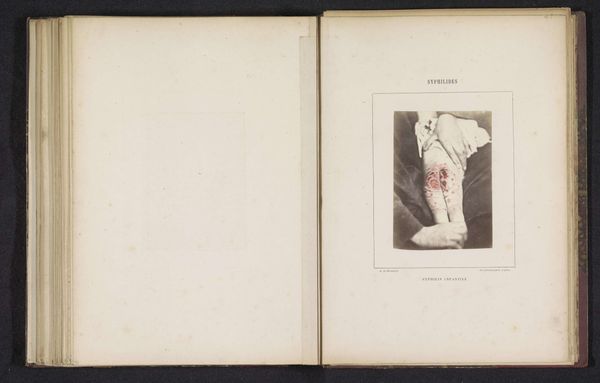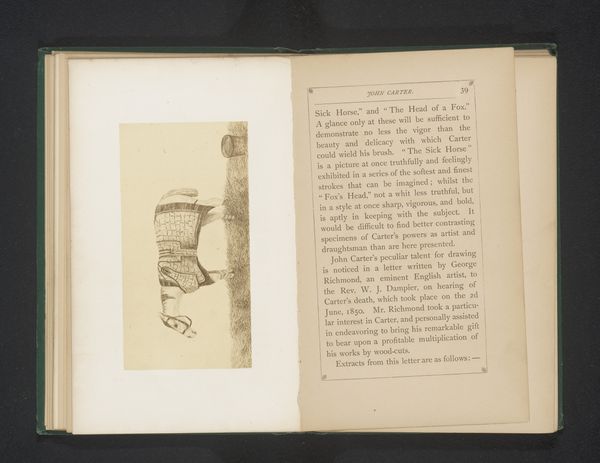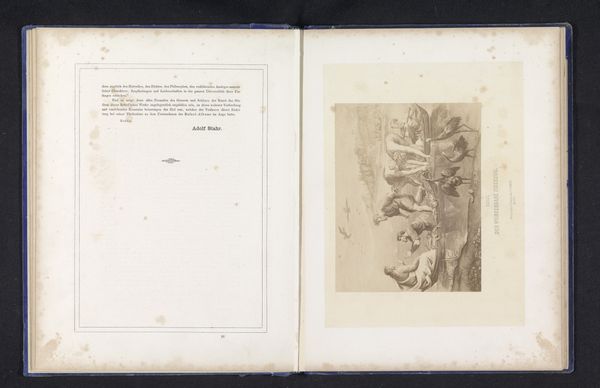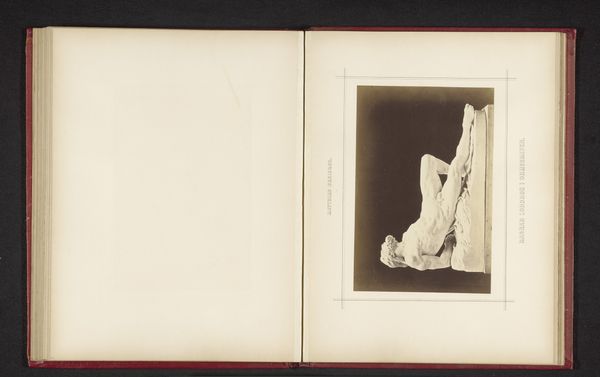
Fotoreproductie van twee portretten van Wilhelm I op een leeftijd van 46 jaar before 1897
0:00
0:00
drawing, paper, pencil
#
portrait
#
drawing
#
paper
#
pencil
#
realism
Dimensions: height 114 mm, width 153 mm
Copyright: Rijks Museum: Open Domain
Curator: Here we have a photo reproduction of two pencil portraits dating to before 1897, depicting Wilhelm I at the age of 46. The portraits appear to be on paper. Editor: My first impression is a stark, almost clinical, detachment. The limited medium and subdued tones evoke a feeling of distance and constraint. Curator: Absolutely. Wilhelm I was a pivotal figure in 19th-century German history, and the way his image was constructed and disseminated played a key role in shaping national identity. These portraits, though seemingly simple drawings, are part of a larger visual language. Editor: I see how that is so interesting within a network of institutional and political needs, these drawings almost serve as a memorandum in a way. The dual representation, does it play into a duality of the King's authority, or maybe some sort of military-political dynamic in the public role he performed? Curator: Indeed. The parallel depictions invite us to think about representation, power, and masculinity within a militaristic society. Wilhelm I’s reign was marked by the unification of Germany, wars, and complex negotiations for power and the drawings represent that era and his identity perfectly. Editor: And the decision to reproduce these as drawings rather than perhaps a photograph which was becoming accessible. Its intriguing that the drawing almost makes the monarch vulnerable or touchable, when in truth they are very much an authority. Curator: Precisely, and it reflects art's public role and how images of leadership and legacy were circulated and shaped in 19th century. The drawing becomes less a portrayal and more an instrument, almost propagandistic, especially as reproduced in this fashion. Editor: The interplay of the accessible drawing with the inaccessible role. I never considered that tension so explicitly. Curator: Examining these pieces allows us a unique entry point into considering power structures and portraiture. Editor: Thanks to your work here, what at first appeared to be another old drawing comes into focus as a powerful reflection on representation and how even pencil strokes become part of political history.
Comments
No comments
Be the first to comment and join the conversation on the ultimate creative platform.
